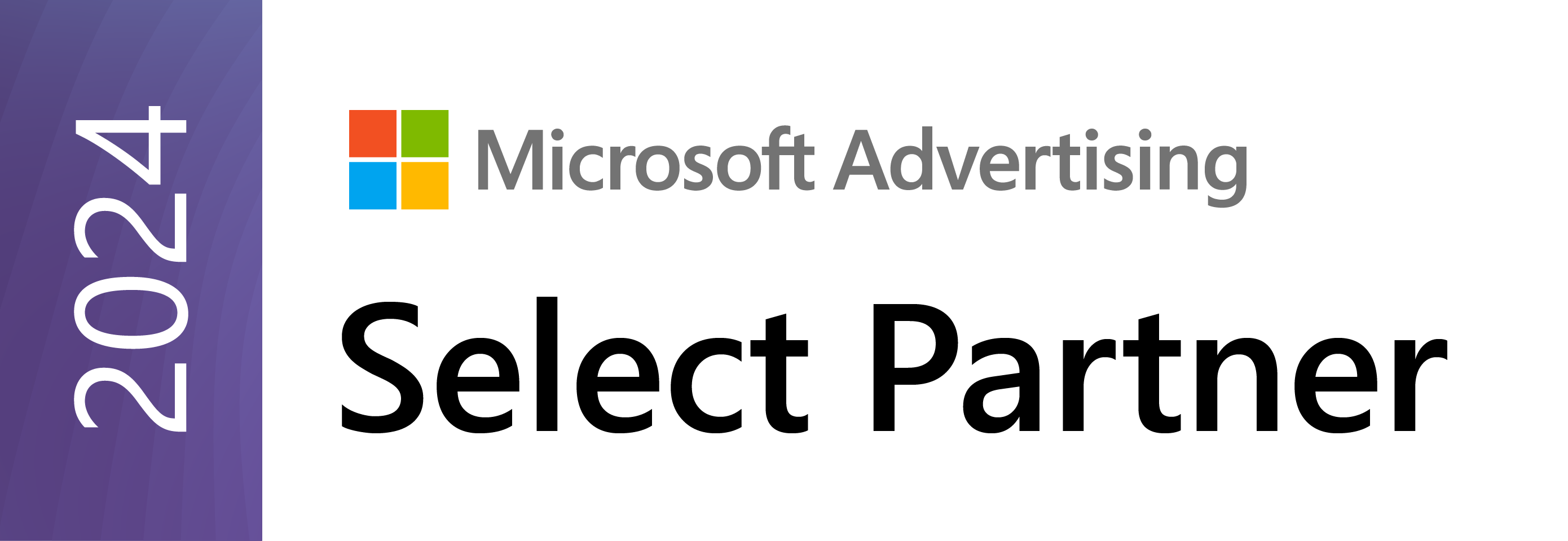
Video Production for Social Media in 2025
Key Takeaways
-
In 2025, short-form video continues to dominate with platforms like TikTok, Instagram Reels, and YouTube Shorts leading the charge.
-
81% of marketers report video directly improves leads or sales.
-
Viewers retain 95% of a message when delivered via video vs. 10% through text.
-
Emerging formats like interactive, shoppable, and user-generated content offer stronger ROI.
-
Professional video production services help brands scale content efficiently and stay ahead of platform trends.
Social media video isn’t just content anymore—it’s the currency of attention. In 2025, audiences are consuming an average of 19 hours of video per week on social platforms. If you’re not producing videos that stop the scroll, you’re missing out on the most powerful engagement tool available today.
Businesses across all industries are investing more than ever in short-form, interactive, and high-quality video content. Whether you’re running paid ads, launching new products, or building your brand identity, professional video production tailored to social media is no longer optional—it’s a necessity.
Why Video Production Matters More Than Ever in 2025
The digital landscape has changed. Social media algorithms now prioritize video performance over static content. That means:
-
Better reach for video-first content
-
Higher engagement across formats like Stories, Reels, and Shorts
-
Improved conversions when video is used in the sales funnel
According to recent data, 80% of people prefer video over text, and 81% of marketers say video drives brand growth. Platforms such as Facebook, Instagram, LinkedIn, and TikTok are now engineered to reward brands that show up with dynamic, video-forward strategies.
Social Media Video Trends to Watch
1. Short-Form Videos Rule the Feed
The sweet spot? 5 to 15 seconds. Quick, punchy videos grab attention, especially in mobile-first platforms.
2. Shoppable Videos Are Rising
Integrated CTAs allow users to buy without leaving the app, combining entertainment with conversion.
3. User-Generated Content (UGC) Dominates
UGC fosters authenticity and trust. Featuring real people using your product increases reach and credibility.
4. Interactive and Immersive Formats
Clickable stories, polls, and video quizzes drive more engagement than passive viewing.
5. AI-Powered Personalization
Brands are using AI tools to deliver hyper-personalized video content at scale, improving retention and loyalty.

Platform-Specific Best Practices
Every platform has its own rhythm. Here’s how to make video content work harder across the top channels in 2025:
Instagram Reels & Stories
-
Hook viewers in the first 2 seconds
-
Use native text overlays
-
Add trending audio and hashtags
TikTok
-
Keep it raw, relatable, and fast-paced
-
Leverage current challenges and trends
-
Include UGC or behind-the-scenes content
YouTube Shorts
-
Use storytelling and step-by-step tips
-
Optimize for keywords in your description
-
Include clear calls-to-action (subscribe, shop, comment)
-
Focus on thought leadership and company culture
-
Keep videos under 90 seconds
-
Use subtitles for autoplay
Facebook Stories & Ads
-
Add voiceovers and captions
-
Test interactive stickers or polls
-
Use mobile-first formats (9:16 aspect ratio)
Common Video Production Mistakes to Avoid
Even great concepts can flop if you miss the mark on execution. Avoid these pitfalls:
-
Overproducing content that feels too polished or staged
-
Skipping captions (85% of videos are watched without sound)
-
Ignoring mobile formatting
-
Failing to include clear CTAs
-
Using a one-size-fits-all video for all platforms
Instead, create a content ecosystem that spans your buyer journey. Map videos to awareness, consideration, and conversion stages to drive results at every level.
How Professional Video Production Accelerates Your Strategy
DIY content has its place, but professional production ensures:
-
Consistent brand visuals
-
Efficient content batching for multiple platforms
-
Technical excellence in lighting, sound, and editing
-
Creative direction aligned with current trends and audience psychology
Agencies with video marketing expertise can help you storyboard, script, film, and edit high-performing videos that are ready to publish across every major platform.

Building a Scalable Video Strategy
To succeed on social media in 2025, your video production plan should include:
1. A Monthly Content Calendar
Map key campaigns, launches, and themes so you’re never scrambling.
2. A Mix of Formats
Use a blend of short-form clips, live videos, tutorials, and testimonials.
3. Repurposing Strategy
Turn one video into multiple platform-specific edits, reels, GIFs, or ads.
4. Performance Tracking
Measure watch time, drop-off points, and engagement to refine future content.
This approach ensures you’re not just creating content—you’re building momentum.
Looking Ahead: The Future of Social Media Video
By late 2025, expect to see:
-
Wider adoption of AI-assisted editing and scripting
-
Even shorter content formats (under 5 seconds) for ads
-
Growth of voice-search optimized video content
-
Enhanced integrations with e-commerce platforms
To stay competitive, brands must remain nimble and adopt new tools and tactics as algorithms and audience preferences evolve.
Creative teams like CS Design Studios are already helping clients future-proof their video strategies by blending high-quality production with platform-native execution.
Frequently Asked Questions
How long should social media videos be in 2025?
Under 15 seconds for most platforms. Short-form videos outperform longer content, especially on TikTok, Reels, and Shorts.
Is professional video production still necessary if I film on my phone?
Yes, especially if you’re running ads or creating content for high-stakes campaigns. A pro ensures quality, consistency, and strategic messaging.
What platforms should I prioritize for video marketing?
TikTok, Instagram Reels, YouTube Shorts, and Facebook Ads are top performers in 2025. Choose based on your audience.
How can I track ROI from social media videos?
Use UTM links, platform insights, and integrations with tools like GA4 to measure views, click-throughs, conversions, and engagement.
How often should I post video content?
Ideally, 3–5 times per week across platforms. A mix of short-form, behind-the-scenes, and promotional videos keeps engagement high.



